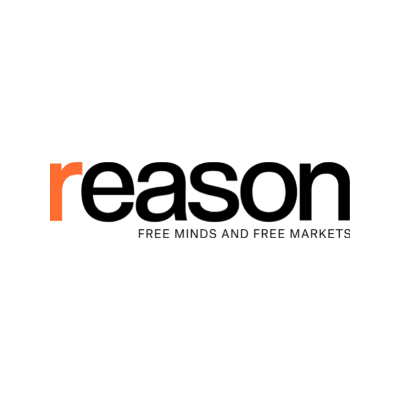Want To Close the Tax Gap? Cut Taxes.
- Bias Rating
28% Somewhat Conservative
- Reliability
N/AN/A
- Policy Leaning
40% Somewhat Conservative
- Politician Portrayal
18% Positive
Continue For Free
Create your free account to see the in-depth bias analytics and more.
Continue
Continue
By creating an account, you agree to our Terms and Privacy Policy, and subscribe to email updates. Already a member: Log inBias Score Analysis
The A.I. bias rating includes policy and politician portrayal leanings based on the author’s tone found in the article using machine learning. Bias scores are on a scale of -100% to 100% with higher negative scores being more liberal and higher positive scores being more conservative, and 0% being neutral.
Sentiments
N/A
- Liberal
- Conservative
| Sentence | Sentiment | Bias |
|---|---|---|
Unlock this feature by upgrading to the Pro plan. | ||
Reliability Score Analysis
Policy Leaning Analysis
Politician Portrayal Analysis
Bias Meter
Extremely
Liberal
Very
Liberal
Moderately
Liberal
Somewhat Liberal
Center
Somewhat Conservative
Moderately
Conservative
Very
Conservative
Extremely
Conservative
-100%
Liberal
100%
Conservative

Contributing sentiments towards policy:
53% : Common ones are praise for the magical ability of government spending to help pay for itself during recessions and handwringing over the myth of middle-class stagnation.53% : As several IRS reports and task forces have revealed, when it comes to closing the tax gap, enforcement is the costliest option and delivers only limited revenue.
45% : In 2006, this gap was $450 billion, up from $255 billion in 2001, and around 15 percent of taxes owed.
45% : In fact, former U.S. Taxpayer Advocate Nina Olson (who headed a government agency that helps people solve problems with the IRS) said in a 2011 Senate testimony that trying to reduce the tax gap by focusing narrowly on enforcement "can lead to reactionary laws, procedures, and enforcement actions that actually reduce overall revenue, particularly if they do not address the reasons for the noncompliance or if they unnecessarily burden or
44% : According to the Department of the Treasury, the tax gap was $600 billion in 2019, and it projected to roughly 15 percent of taxes owed over the following decade.
43% : But increasing taxes is hard, so Democrats are turning their attention to the difference between taxes owed and taxes collected.
41% : : Cut taxes until there is less incentive to evade the taxman.
*Our bias meter rating uses data science including sentiment analysis, machine learning and our proprietary algorithm for determining biases in news articles. Bias scores are on a scale of -100% to 100% with higher negative scores being more liberal and higher positive scores being more conservative, and 0% being neutral. The rating is an independent analysis and is not affiliated nor sponsored by the news source or any other organization.






















 Reason
Reason